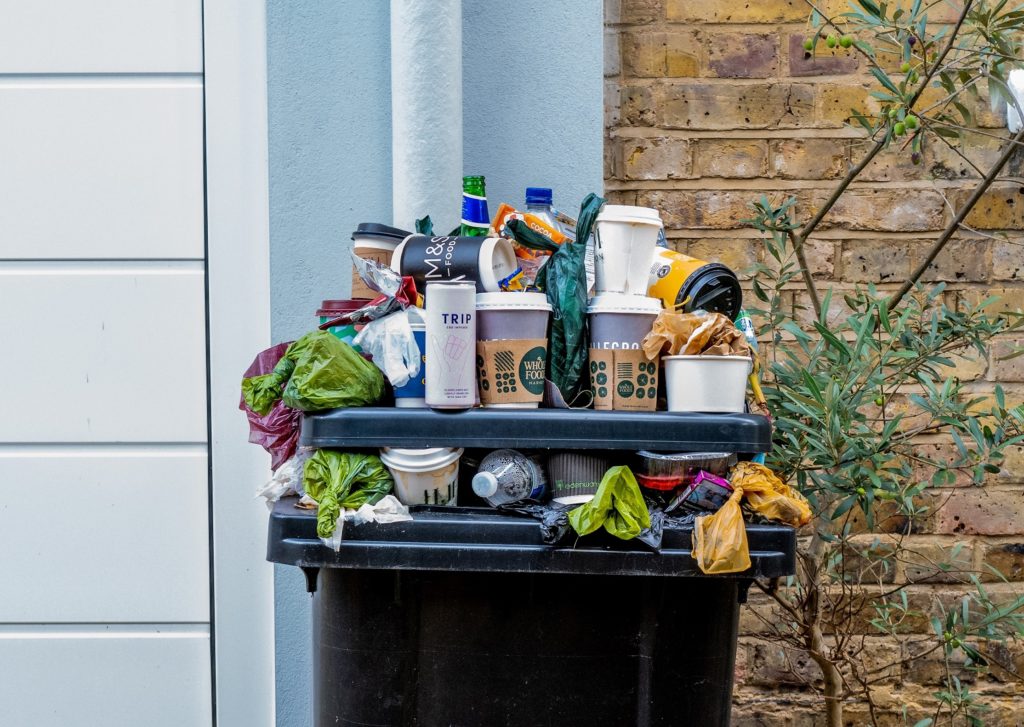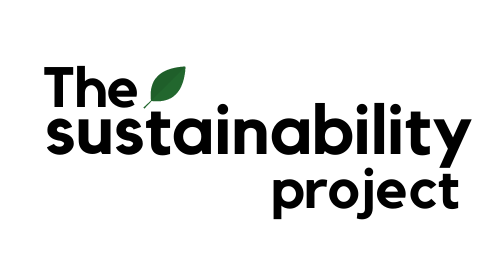Before the start of leading a more conscious lifestyle, I always had this assumption that biodegradable items are much better for the environment because it can break down. After all, we have been taught for a long time that biodegradable is better than plastic right?
But that bubble was broken once I learned one fact – all trash in Singapore goes to the incineration plant and the difference on whether it is biodegradable might not really matter. If you are finding this out for the first time, then well, know you now!
More importantly, the next question all of us have on our mind would be, so should I even bother if the product is biodegradable, compostable, or recyclable? Does it even matter since everything is incinerated? Now, what should I do?
First, let us learn more about Singapore’s waste system first before deciding what steps to take!

Where Does My Trash Go?
TLDR version: All of your trash gets incinerated and sent to Semakau Island, which by the way, is expected to be filled by 2035 (with the waste from COVID, I believe it might be even faster. Yikes!)
After throwing your trash into the bin, it is collected with the recyclables in the blue bin and sorted out for processing. The non recyclables and trash is then sent to our incineration plants (Tuas, Senoko, Tuas South, Keppel Seghers Tuas Waste-To-Energy Plant (KSTP) and Semakau Landfill).
Read more: 8 THINGS YOU MIGHT NOT KNOW ABOUT SEMAKAU LANDFILL
After the whole incineration process, you are then left with ash and ferrous metals. The metals are sorted and sent for recycling, with the remaining ash being sent to Semakau landfill.
You can watch the full video below!
Does My Biodegradable Stuff Get Treated Any Differently?
Wait a minute, do you know what biodegradable mean?
Sounds good right? But of course, there is a catch to it.
To truly biodegrade, certain conditions are required such as air, water, light or a combination of these elements so microorganisms can do their job. If you remove any of these elements, the whole process can be slowed dramatically
Biodegradable items do not get sorted into recyclable waste because the quality of these items is not consistent as pure plastic. So, there is a high chance that all the biodegradable items that you bought are probably incinerated at the end of the day.
What About Recyclable Items?
For recyclable items, they have a higher chance of being given a second life rather than going straight into the incineration plant.
But given how dubious the whole recycling system is and no one really knowing where our recyclable truly goes, I would say to give the item a second life before throwing it into the blue bins.
What About Compostable Items?

Compostable means organic material that can be decayed and subsequently used as a fertilizer for growing plants. There are 2 main categories – browns and greens.
Some examples of browns include twigs, dried leaves and branches, paper, toilet roll tubes, eggshells, hair and fur. Some examples of green include grass, leaves, fruit peels and loose tea leaves.
Should I Even Care About Buying Items That Are Labelled Compostable, Recyclable Or Biodegradable Then?
To me, I will rank them to my preference based on
1) Compostable
2) Recyclable
3) Biodegradable
Read more: BIODEGRADABLE VS COMPOSTABLE VS RECYCLABLE
The few thoughts that I consider are:
– If the item is accidentally thrown on the ground during the process that it is transported to the incineration plant, will it cause any harm to the environment? Will it slowly degrade over time?
– If an animal tries to consume that item, what will happen to it? Will it break down in their body or stay there for the rest of their lives?
– Can the item have a minimal environmental impact when it is being treated properly?
Ultimately, the main message is to reduce your unnecessary consumption as much as possible. If not, give an item a second life by buying second hand or even giving the item to someone who needs it.
Lastly, find an item that can be composted if you need to purchase anything so that there is a lesser harmful impact on the environment as compared to other items.
With that, I hope you are now able to better decide what is the best step to take when deciding on various products to buy and how it is being marketed!

